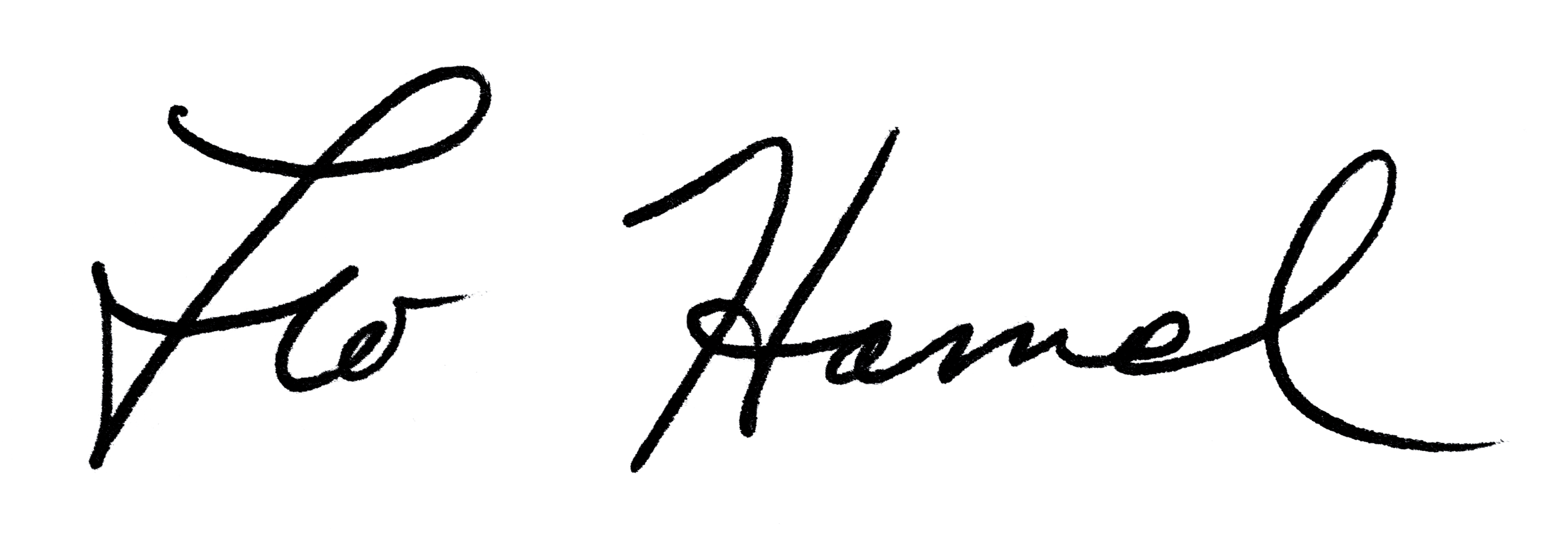
Leo Hamel Fine Jewelers Policy Letter
Statting Sales Under 10% Profit
In the past when someone sold something for a 10% profit, only the profit was counted on GI and GP. The purpose for doing this was to discourage low profit sales. Low profit sales are obviously still discouraged, but the stats should reflect what actually happened.
For Example:
If you sell a watch for $5000 GI with a cost of $4500, the profit would be $500 (10%). The old way of figuring would have given you a stat of GI at $500 and a GP of $500. Your % profit would show as 100%, when in fact it was only 10%. What your stat will now show is what really happened. GI was $5000, GP was $500, % of profit is 10%.
The new way of figuring will give you a more accurate picture of what you are actually doing. A low % profit is now a red flag and will be obvious, and therefore can be handled. In figuring stats the old way, it could become hidden.
Keep in mind that as always, under minimum sales must be approved and should be the exception, not the rule.
For wholesale sales, whether on the retail side or wholesale side, count the actual GI and GP for all sales other than scrap sold to Mystic Coin. For Mystic sales, count the same amount of GI as there is GP in the sale, if any. If there is no GP, then don’t count any GI either.
